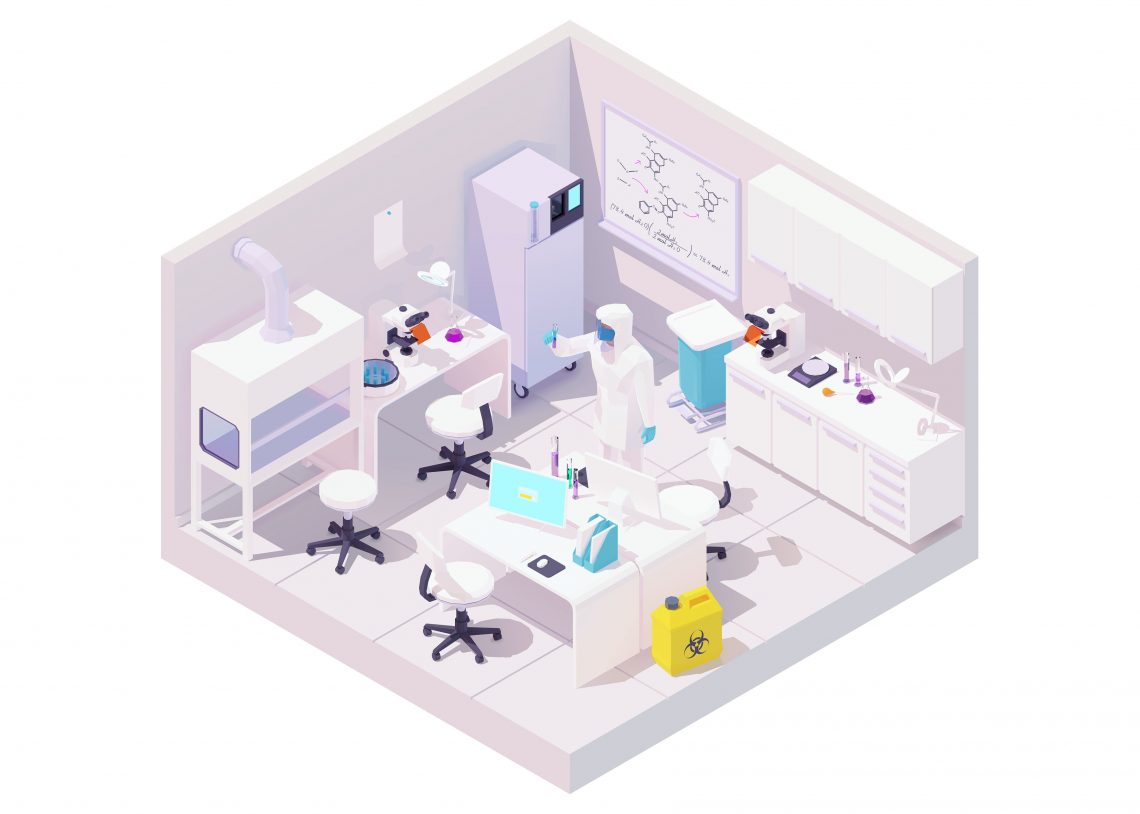An Italian design company has teamed up with the Massachusetts Institute of Technology to create prefabricated intensive care units (ICUs), to deal with escalating numbers of coronavirus patients around the world.
Coronavirus patients with access to hospital equipment, in particular ICU beds, have a much greater chance of survival. With 377,431 confirmed cases of COVID-19 on 24 March, health systems around the world are groaning under the strain.
Carlo Ratti Associati and the MIT Senseable City Lab are looking to address this growing need with ICUs built inside shipping containers, which can be joined together to create mobile field hospitals.
They have teamed up with engineering firms, logistic experts and medical equipment suppliers, as part of a non-profit effort, to create the Connected Units for Respiratory Ailments, or CURA. These are designed to be as quick as a tent to put up, but as safe as a hospital with “biocontainment” – a series of safety practices to prevent the spread of disease.
The structure is quick to assemble and disassemble. Because it is made of shipping containers, it can be moved from epicentre to epicentre by road, rail and ship, within countries and from city to city around the world.
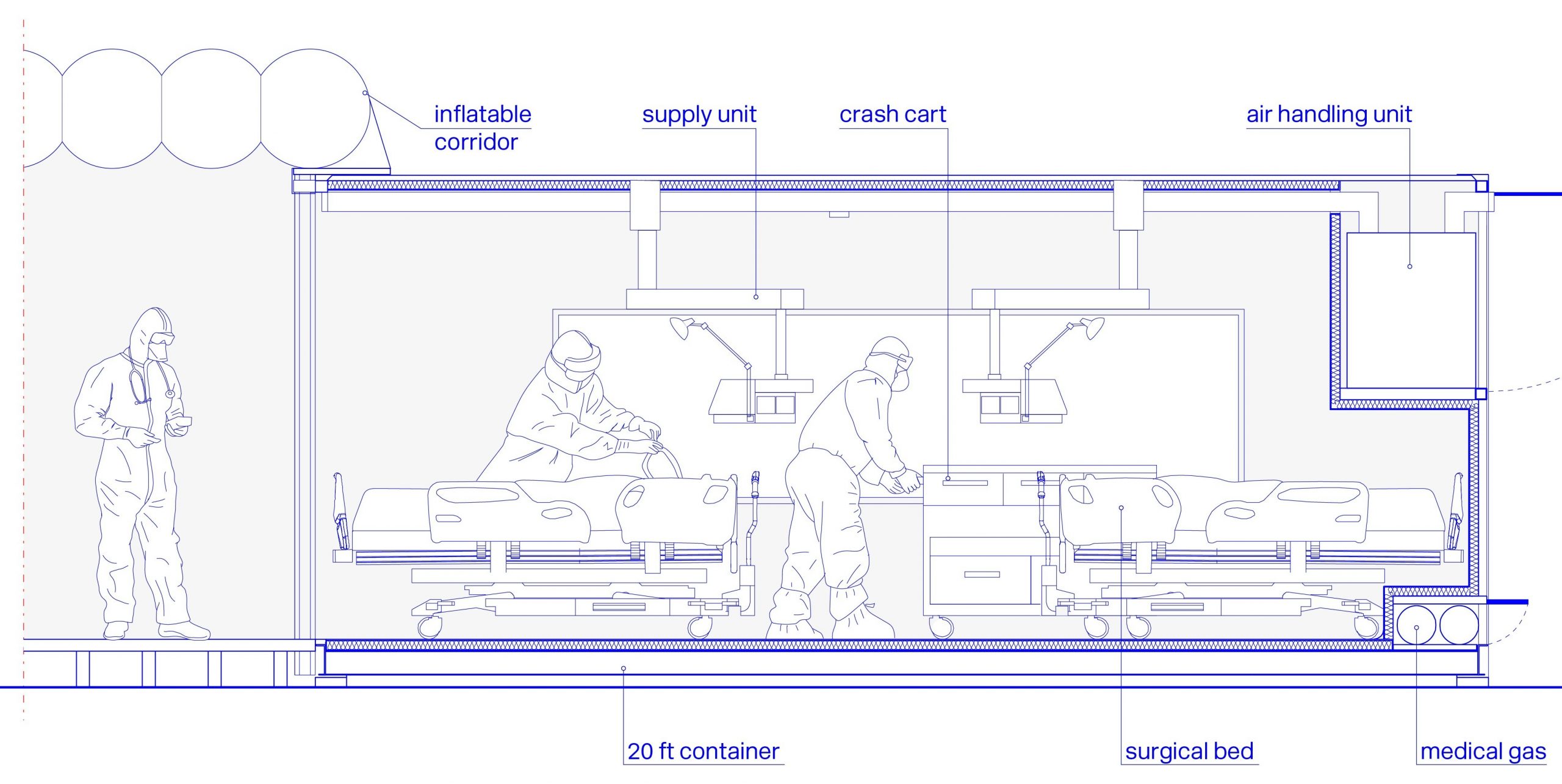
Section view of a mobile intensive care unit | Image by CURA
CURA (Connected Units for Respiratory Ailments)
Amidst the COVID-19 pandemic, an international task force of designers, engineers, medical professionals, and military experts have joined forces to launch CURA, an open-source project aimed at capacity building in intensive-care units (ICU). CURA (Connected Units for Respiratory Ailments) aims to convert shipping containers into plug-in Intensive-Care Unit Pods for the COVID-19 pandemic. The units would be as fast to mount as a hospital tent, but as safe as an isolation ward, thanks to biocontainment and negative pressure. CURA aims to improve the efficiency of existing solutions in the design of field hospitals, tailoring them to the current pandemic.
CURA is an intensive-care pod for patients with respiratory infections, hosted in a 20-foot intermodal container with biocontainment. Each unit works autonomously and can be shipped anywhere. Individual pods are connected by an inflatable structure to create multiple modular configurations (from 4 beds to over 40), which can be deployed in just a few hours. Some pods can be placed in proximity to a hospital (e.g. in parking lots) to expand the ICU capacity, while others could be used to create self-standing field hospitals of varying sizes.
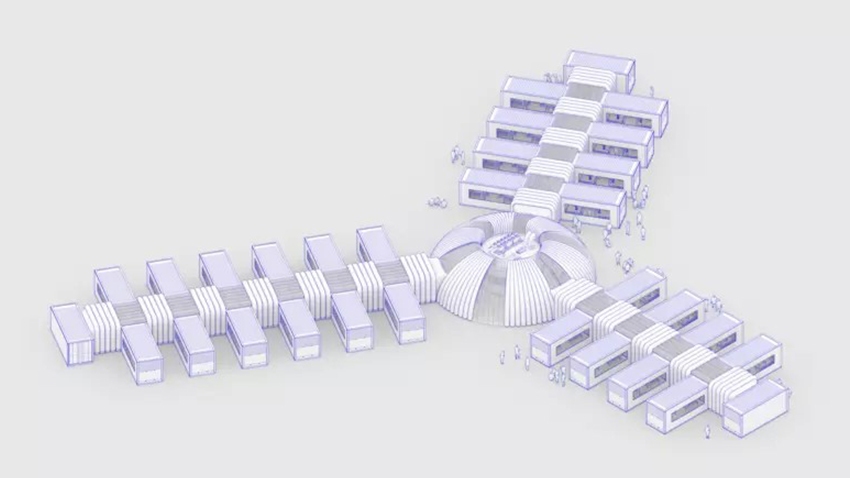
Configuration of a mobile intensive care hospital | Image by CURA
Read more on FuturArc
COVID-19: An urgent need for emergency architecture
There is no international standard requiring a set number of hospital beds per thousand of population, so there are huge differences between countries.
There is even more variation when it comes to ICU beds per 100,000 inhabitants. Italy, which has suffered the deadliest outbreak of the disease with almost 64,000 cases, has 12.5 critical care beds per 100,000 people; compared with Germany, which has 29.2.
Once people are admitted to hospital, coronavirus patients require intensive and lengthy treatment, meaning beds are tied up for a number of weeks. Doctors in the north of Italy say that 70% of their intensive care unit beds are now reserved for coronavirus patients with “a reasonable chance to survive”. Older patients “are not being resuscitated and die alone”.
Scientists in London have used data from the Chinese epidemic to calculate the impact on the UK’s National Health Service. They estimate that the UK will need 200 beds per 100,000 people in the population. At the moment there are just under seven per 100,000.
Total numbers of critical care beds per 100,000 capita of population
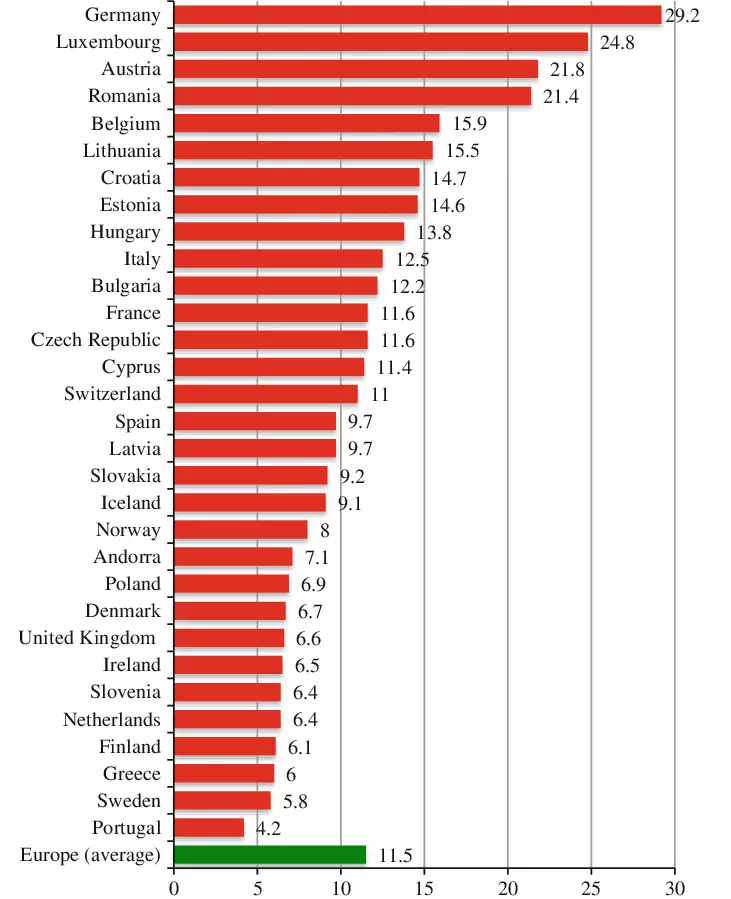
Source: Intensive Care Medicine, July 2012
Outside of Europe, preparations are being made to shore up fragile health systems in Africa, which could be overwhelmed if the disease takes hold there.
Alice Charles, Lead, Cities, Infrastructure & Urban Services at the World Economic Forum, which is supporting the project, says: “We are most concerned about the spread of coronavirus to densely populated urban areas in the global south, particularly in Africa where the trajectory for the first 40 days looks much worse that Europe. Hence we believe a solution of this nature needs to get to scale as soon as possible.”
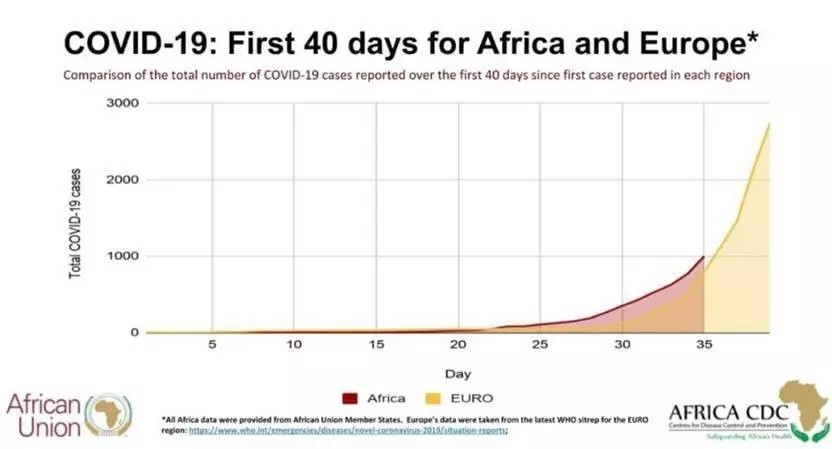
The non-profit effort behind CURA involves a number of international partners with a range of expertise, including: CRA-Carlo Ratti Associati with Italo Rota (Design and Innovation), Humanitas Research Hospital (Medical Engineering), Policlinico di Milano (Medical Consultancy), Jacobs (Alberto Riva – Master Planning, design, construction and logistics support services), studio FM milano (Visual identity & graphic design), Squint/opera (Digital media), Alex Neame of Team Rubicon UK (Logistics), Ivan Pavanello of Projema (MEP Engineering), Dr. Maurizio Lanfranco of Ospedale Cottolengo (Medical Consultancy).
Source:
Hospitals made from shipping containers could help tackle COVID-19 and CURA (Connected Units for Respiratory Ailments), World Economic Forum, Switzerland, 2020.
Disclaimer: Construction+ makes reasonable efforts to present accurate and reliable information on this website, but the information is not intended to provide specific advice about individual legal, business, or other matters, and it is not a substitute for readers’ independent research and evaluation of any issue. If specific legal or other expert advice is required or desired, the services of an appropriate, competent professional should be sought. Construction+ makes no representations of any kind and disclaims all expressed, implied, statutory or other warranties of any kind, including, without limitation, any warranties of accuracy and timeliness of the measures and regulations; and the completeness of the projects mentioned in the articles. All measures, regulations and projects are accurate as of the date of publication; for further information, please refer to the sources cited.
Hyperlinks are not endorsements: Construction+ is in the business of promoting the interests of its readers as a whole and does not promote or endorse references to specific products, services or third-party content providers; nor are such links or references any indication that Construction+ has received specific authorisation to provide these links or references. Rather, the links on this website to other sites are provided solely to acknowledge them as content sources and as a convenient resource to readers of Construction+.

 Malaysia
Malaysia Hong Kong
Hong Kong Singapore
Singapore Tiếng Việt
Tiếng Việt ประเทศไทย
ประเทศไทย

